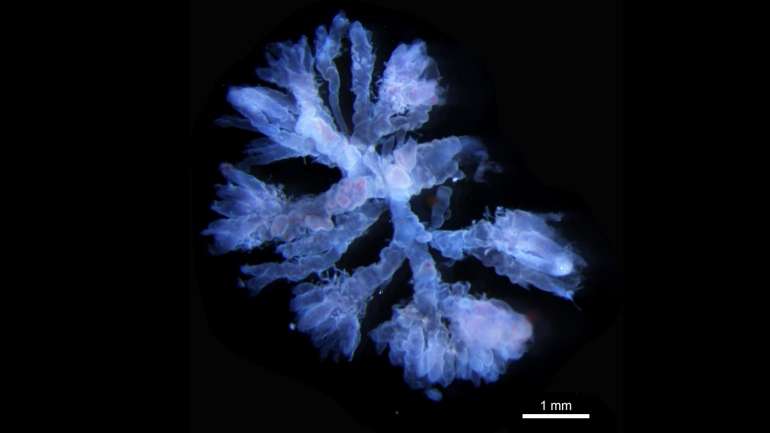The placenta's role in protecting the fetus from infection

The mammalian placenta is a sort of armored car protecting a developing fetus. All manner of infectious agents attempt to break in, but few of them can.
One notable exception is Listeria monocytogenes, a leading culprit in deaths from food poisoning in the United States. One-third of listeria infections are associated with pregnancy, and usually result in preterm or stillbirth.
How listeria breaks through the placental barrier has been a mystery. "People thought it might be because of compromised immunity in the mother," said Cristina Faralla, PhD, a postdoctoral scholar in the Department of Pediatrics department at UC San Francisco. "But it turns out that's not the case."
Faralla and her colleague Gabrielle Rizzuto, MD, PhD, a clinical research fellow in the Department of Pathology at UCSF, collaborated with other scientists in the laboratory of Anna Bakardjiev, MD, to discover InternalinP (InlP), a bacterial protein critical for listeria infection into the placenta.
To conduct their research, Faralla and Rizzuto culture villous trees from human placentas. "Villous trees are the functional unit of a human placenta," Rizzuto said, noting that they have elongated "trunks" capped by leaflike ends. "It's how the fetus is connected to its mother. The ends of the trees embed in the maternal uterus, and fetal capillaries run through the "trunks."
Rizzuto and Faralla infected human villous trees with wild-type listeria and a mutant strain that failed to make InlP. "Our hypothesis was that InlP gives listeria the ability to cross the placental barrier," said Faralla.
They were right. Few of the mutant bacteria successfully infected the villous tree, while nearly all of the wild type did. In addition, Rizzuto adds, "We succeeded in using a culture model that closely emulates the real situation in humans."
The next step is working out exactly how the protein allows Listeria to break through the placenta's armor. The two researchers will keep at it, driven by their curiosity. "The placenta is fascinating," said Rizzuto. "It's the only organ composed of tissues from two genetically distinct individuals."

















